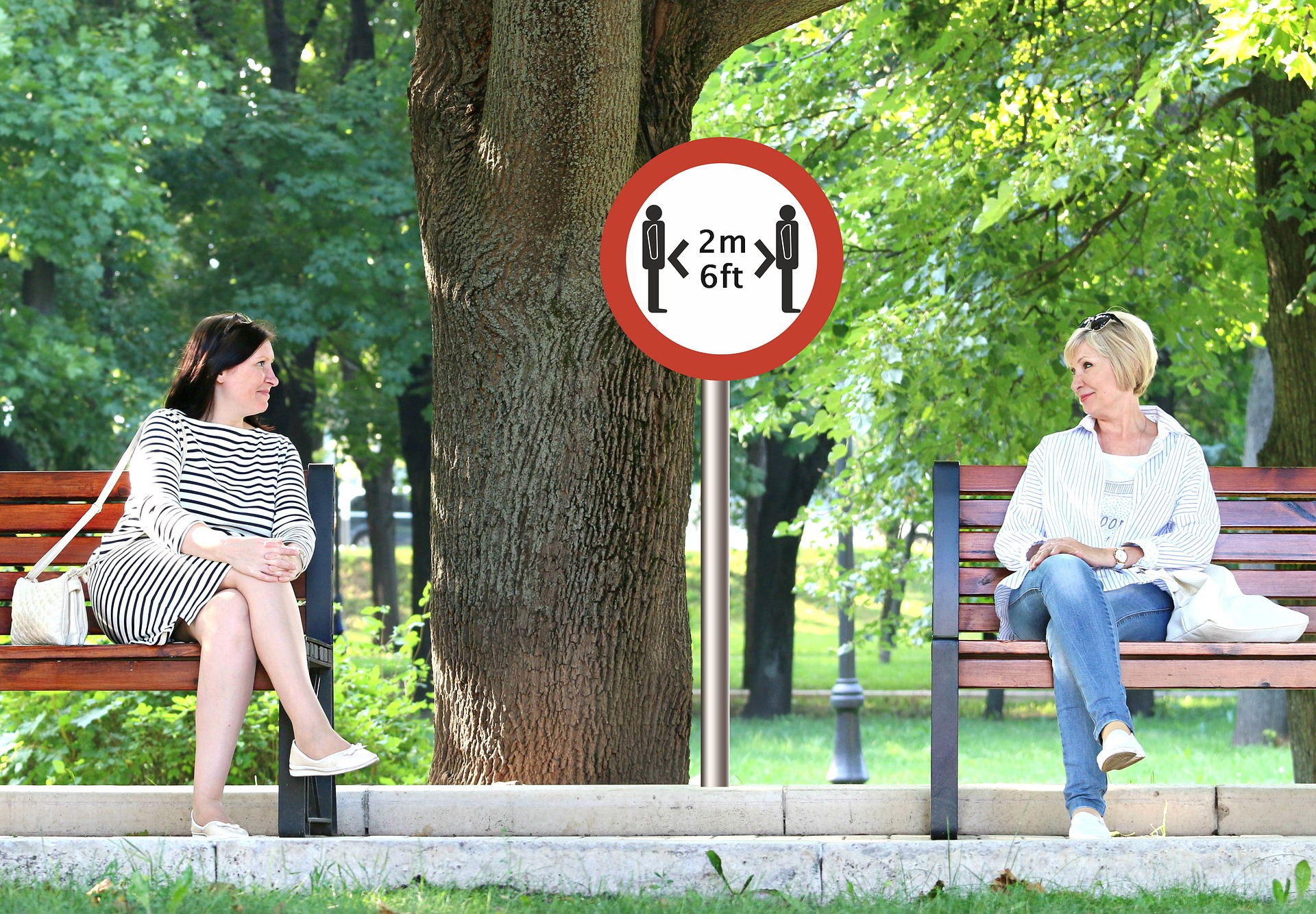News release
From:
COVID-19 modeller and Director of the University of Sydney’s Centre for Complex Systems Professor Mikhail Prokopenko has today released modelling on pre-print server arXiv that shows Sydney’s current level of social distancing is inadequate for outbreak control.
- The modelling, which analysed the current situation up until 13 July, found that social distancing compliance of 80 percent would see a reduction of cases after one month.
- It also found that case numbers would begin to reduce after two months if social distancing compliance was at 70 percent.
- The model identifies that currently, about 40 percent of the Sydney population is observing social distancing.
- To see a drop off in case numbers in one month, Sydney residents must reduce their social interactions to one tenth of their normal social interactions, such as shopping.
“As of July 2021, there is a continuing outbreak of the Delta variant of SARS-CoV-2 in Sydney. The outbreak is of major concern as the Delta variant is estimated to have twice the reproductive number of previous variants that circulated in Australia in 2020, which is also worsened by low levels of acquired immunity in the population,” said Professor Prokopenko, from the Faculty of Engineering.
“Using a re-calibrated agent-based model, we explored a feasible range of non-pharmaceutical interventions, in terms of both mitigation (case isolation, home quarantine) and suppression (school closures, social distancing).
“Our modelling indicates that the level of social distancing currently attained in Sydney is inadequate for the outbreak control.
“Our analysis suggests if, however, 80 percent of the population comply with social distancing, then at least one month will be needed for the new daily cases to reduce from their peak to below ten. A small reduction in social distancing compliance to 70 percent lengthens this period to over two months.”
“Compliance with 80 percent social distancing would mean that 4 out of 5 people must drastically reduce their contact with others to just 10 percent of what they normally do.
"For example, this would mean reducing your shopping frequency or duration to just 1 out of 10 typical trips or hours. So, if someone spent 10 hours a week doing the shopping, now it needs to reduce to just one hour of shopping a week.
“The same goes for chatting with neighbours, and other activities which involve being around people outside your household.
“Crucially, 80 percent of social distancing also means that many services currently deemed essential would need to be included under the lockdown restrictions.”
_ _ _ _ _ _ _ _ _ _ _ _ _ _ _ _ _ _ _ _ _ _ _ _ _ _ _ _ _ _ _ _ _ _ _ _ _ _ _ _ _ _ _ _ _ _ _ _ _ _ _ _ _
About the modelling
- The study was modelled up until 13 July.
- No specific areas in the Sydney metropolitan area were examined in detail.
- The pre-print paper will be submitted to a leading journal for peer review and publication. The model it uses has been published last year in peer-reviewed journal Nature Communications, and a follow-up study of vaccination uptake is accepted for publication in peer-reviewed journal The Lancet Regional Health – Western Pacific.
Multimedia




 Australia; NSW
Australia; NSW


